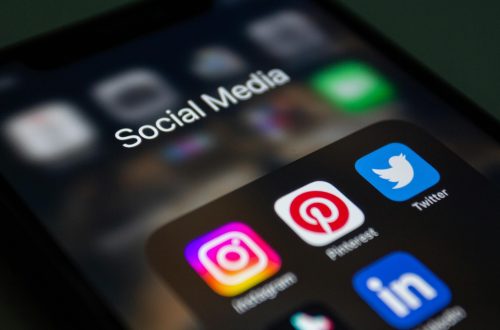
Evolution of Influencer Marketing and How it Goes from Mega to Nano-Influencers and Beyond
Now, technological advancements allow creators to leverage online platforms and showcase their expertise and skills. They create genuine personalized content to build their fan base. Companies also take this opportunity to reach their targeted audience by collaborating and using these platforms. So, this implements the need to understand how this type of marketing evolves and how you can use it to improve your business reach.
Types of Social Media Influencers
Social media influencers are divided into categories depending on the number of their followers. The mega-influencers are the ones with one million plus followers on their social media accounts. Those with ten thousand to 1 million followers are macro-influencers, and those with 1,000 to 100,00 followers are Micro-influencers. If they have less than 1000 followers, then they are nano-influencers.
Now, let’s dig deeper into how these social media influencers are effective for branding and on what criteria businesses prefer them.
Mega Influencers
These are the highest-ranking social media influencers, and with more than one million followers, they are more famous than influential. The audience comprises different interests, and their relationship with the audience is more distant than other types of influencers. The list of mega-influencers includes celebrities, sports persons, politicians, etc.
Leveraging with mega-influencers gives higher reach at a high cost. For example, at times, Selena Gomez charged 1.7 billion dollars while Cristiano Ronaldo charged 2.3 billion dollars per post.

Micro-Influencers
The higher costs drove the shifts toward Micro-influencers, which were less expensive for brands to collaborate with. Well, it’s because bigger doesn’t always bring luck. Although micro- and nano-influencers are not as big as those seven-figure influencers, they are authentic. The reason is that they aren’t celebrities unaware of their audience’s norms but instead are the persons who know everything the people around them like, dislike, and talk about, making their followers their believers.
Also, the trends show that micro-influencers have 60% higher engagement rates, with 82% of consumers following their recommendations. While nano-influencers have lower costs, their engagement reaches around 8.8% on social media platforms.
Micro- and nano-influencers are preferred by audiences because instead of showcasing polished perfection, these are the ones standing out with realness, and their engagements are smaller yet meaningful. They have a niche appeal, gathering like-minded people together and effectively promoting a brand’s message through just a shoutout.
Benefits of Leveraging Influencer Marketing
If you still need clarification about going this way, here are some major benefits of using influencer marketing to flourish your brand.
Brand Awareness
When influencers make videos about your product or post something positive, their engaged audiences discuss that product in comment sections. The more they are engaged, the better the hype will be, resulting in the success of the product campaign. Influencer marketing opens up a brand’s door for wider marketing. Yet the key is to identify and collaborate with relevant influencers who have a social following that relates to the type of audience you are trying to reach.
Increase Your Social Media Audience
An influencer talking about you will increase the interest of his audience in your brand, and the followers are likely to follow your brand’s page. Collaborating with influencers for giveaway campaigns and gifts for followers will do wonders. Audiences like gifts from a brand and will keep them engaged on your page, too.
Whenever launching a new product, use influence marketing as a source of getting feedback on that product. Collaborate with more influencers and let them try your product. They will share their experiences and feedback with their audience and help you to get more reach and valuable insights from your buyers.
Establish Credibility and Trust:
When people read positive things about your brand, they begin to trust you more. It builds that trust with your target audience when they know their favorite influencer is vouching for whatever product it may be. Typically, buyers give their particular results to the supporters, therefore assisting in instilling trust and confidence.
Increase Sales and Repeat Orders:
Influencers drive revenue with discount codes and features while also helping to build brand recognition for your store (win-win). This can compel existing customers to reorder when they see their influencers posting about your products.
Bring Something New to Your Audience:
If you are a small team, coming up with fresh concepts constantly is hard! Influencers help by providing a new angle and innovative methods for marketing your products. Their out-of-the-box approach can effortlessly make your brand the next big thing.
Hire Micro-Influencers to Save on Costs:
If you’re paying for influencer marketing, it can be expensive. Building brand authority increases trust. Partnering with key influencers within your sector, like how Forthglade works with veterinary experts, helps solidify your brand as a reliable source of professional advice.
Influencers will naturally promote your product when they genuinely love it. For example, Inkbox built a community of over 70 brand ambassadors through influencer partnerships, boosting organic content creation and loyalty.
Conclusion
Online communities are crucial for fostering brand-customer relationships. Influencer marketing helps build these relationships by sharing relatable and engaging content.






One Comment
Pingback: